
- •What are wagons used for? Why there exist a wide variety of wagons? What do you think the most common type is?
- •A) Match the pictures and the names of wagon types.
- •Vocabulary
- •Vocabulary
- •Porterbrook Agrees to Purchase Rolling Stock from Southern
- •3. Watch and check your answers.
- •4. Watch the video again and choose the features the speaker talks about.
- •5. What do you think are the advantages of travelling by Eurostar rather than by plane?
- •1. Read the first text and answer the questions.
- •2. Read the last paragraph of text 1 and text 2 and answer the questions.
- •1. Amtrak plans fleet renewal programme
- •2. Amtrak to start Acela Express fleet replacement
- •Checklist
Unit 3
Wagons and Carriages
Part 1 Goods Wagons
Start up
What are wagons used for? Why there exist a wide variety of wagons? What do you think the most common type is?
A) Match the pictures and the names of wagon types.
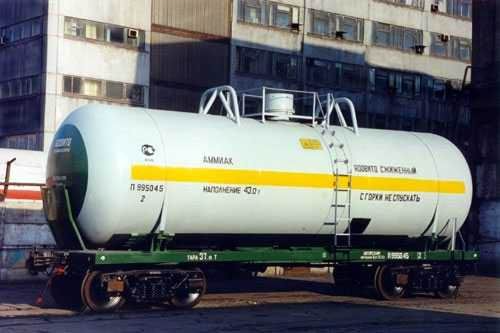
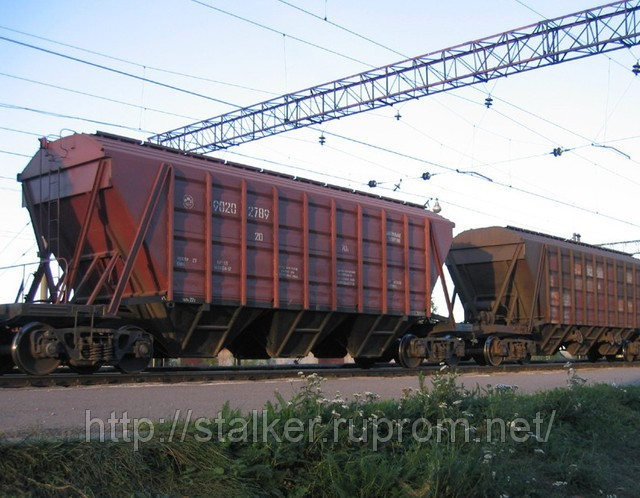
A. B.
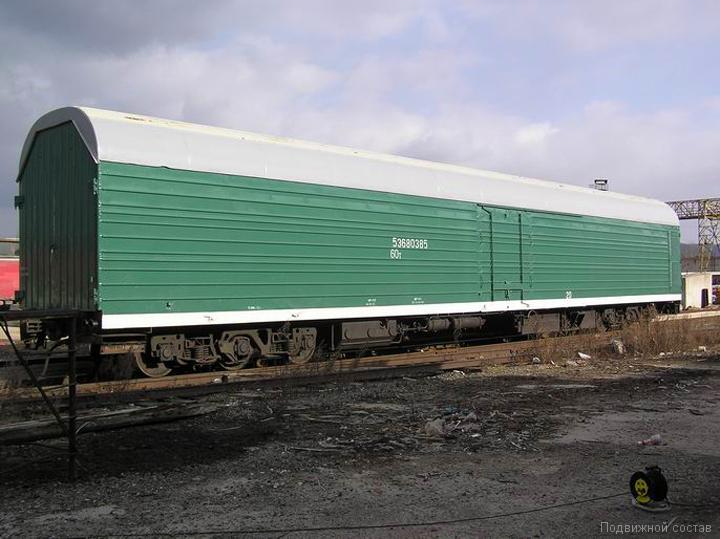
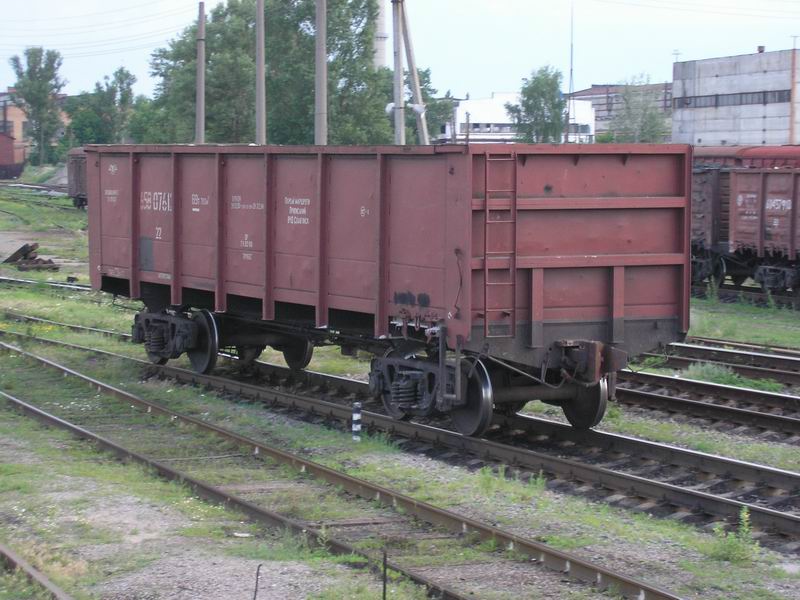
C. D.

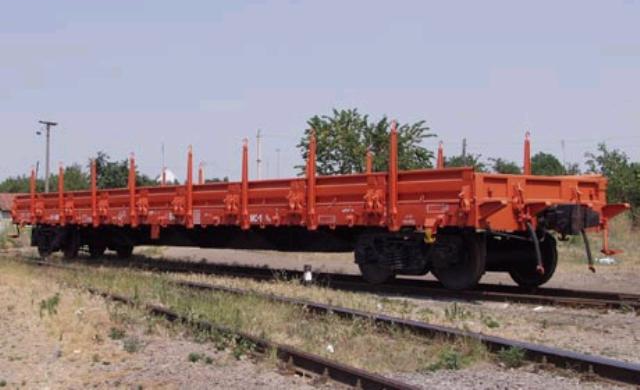
E. F.
1 a covered wagon (or a van) (UK)/ boxcar (USA) 2 a flat (or a flat wagon) (UK)/flatcar (USA) 3 an open wagon (UK)/gondola (USA) 4 a tanker (UK)/a tank car (USA) 5 a refrigerator 6 an auto rack 7 a hopper |
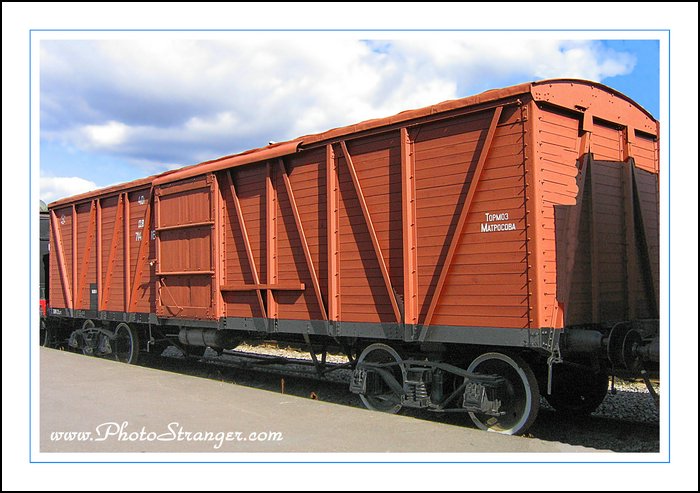
G.
b) Name the commodities. Use the words from the box.
milk mineral water fertilizers containers machinery pipes coal crushed rock flour vegetables fruit meat fish grain sand petroleum products flowers timber cars |
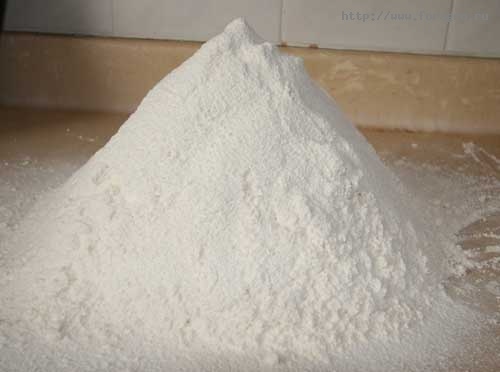
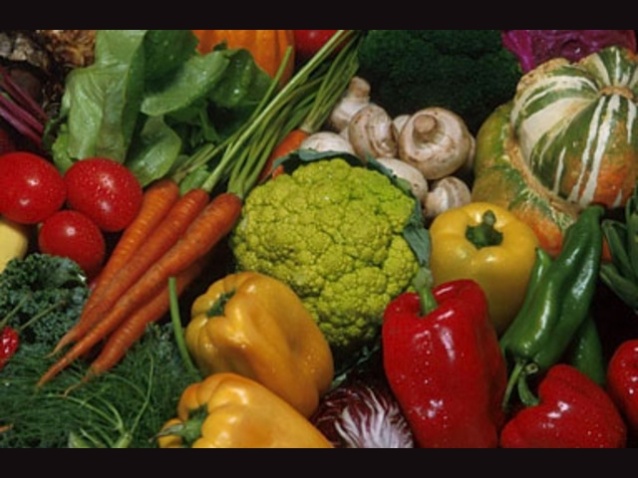

A. B. C.
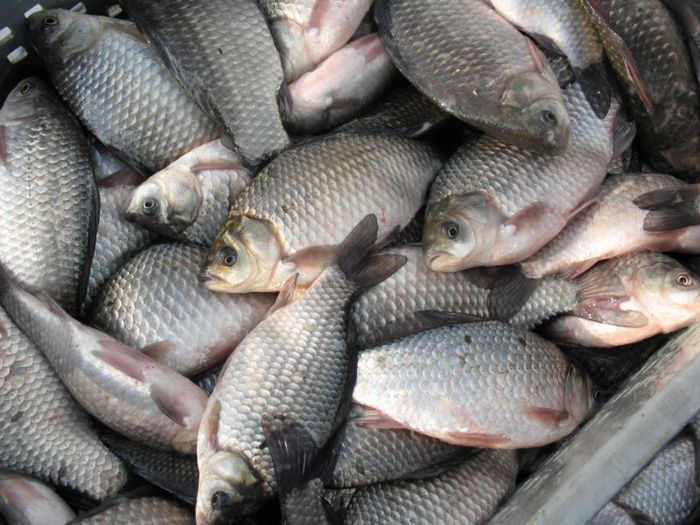
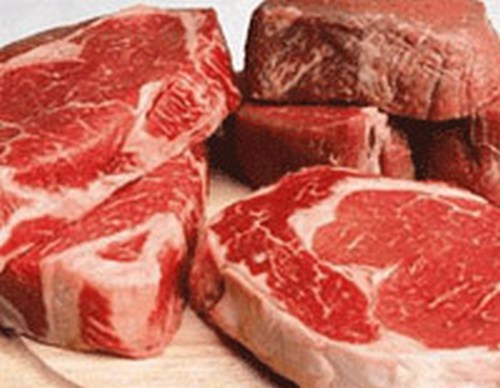

D. E. F.
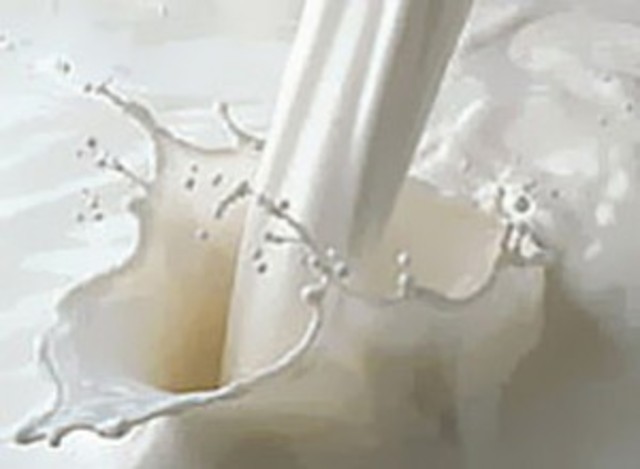


G. H. I.
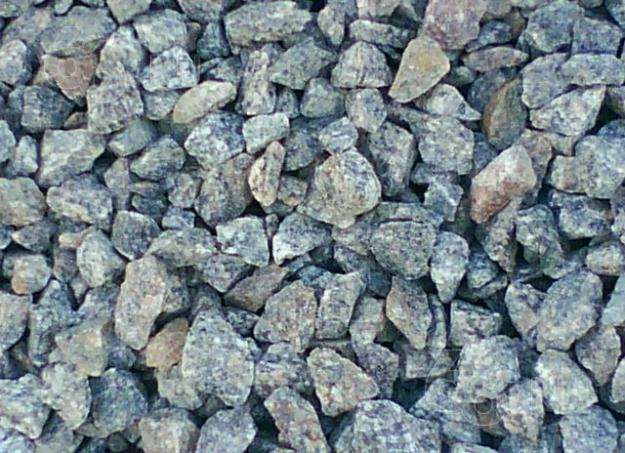


J. K. L.
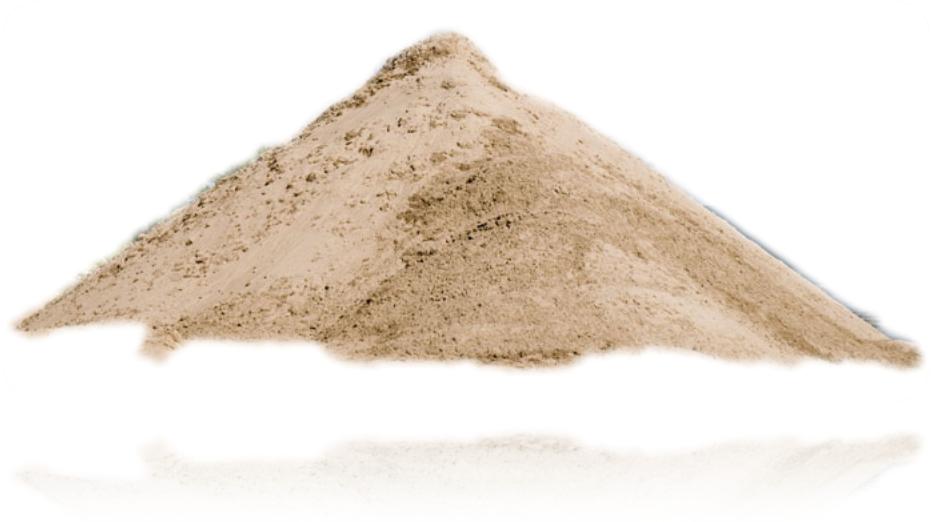


M. N. O.
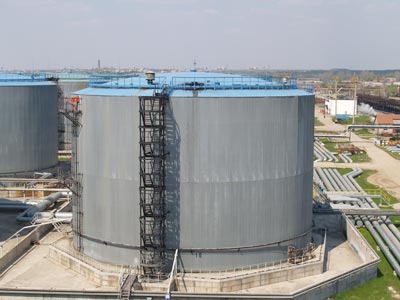

P. Q.
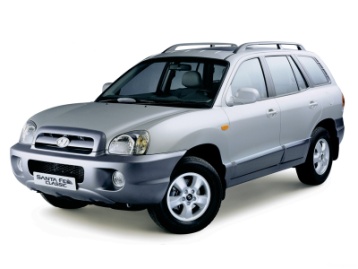

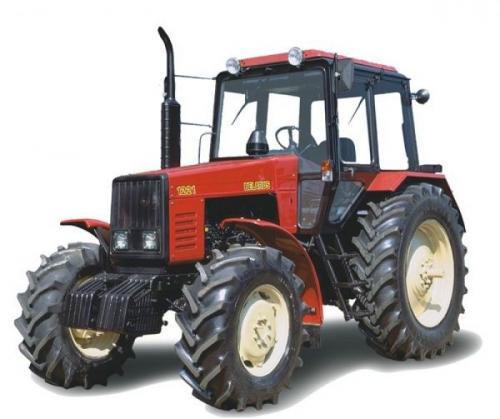
R. S.
с) Use the words in a) and b) to make sentences.
An open wagon is used to carry coal, ore, coke, gravel and the like.
Did you know? In the USA the term ‘rolling stock’ is used to describe all the vehicles that move on a railway. It includes both powered and unpowered vehicles, for example locomotives, railroad cars and coaches. However, in the United Kingdom, the term is used to refer only to non-powered vehicles; specifically excluding locomotives which may be referred to as traction power or motive power. The Americans also use the term equipment (подвижной состав).
|
|
British English goods wagon van/ covered wagon flat/flat wagon open wagon tanker/tank wagon refrigerator van hopper wagon timber luggage |
American English freight car boxcar flatcar gondola tank car refrigerator car hopper car lumber baggage |
Vocabulary
Exercise 1. Fill in the gaps using the words below.
a) perishable b) variety c) commodities d ) bulk e) loads f) coal g) liquids |
People used blocks of ice in a boxcar in the early days of railroading to transport _____ food products.
The cylindrically shaped tank car is used to carry a variety of _____, including industrial chemicals.
In the 19th century the railroad industry consumed huge quantities of _____ to power steam locomotives.
The refrigerator car is used to transport _____ that require refrigeration.
Today, American freight railroads are carrying record _____.
During the 1950s American railroad companies developed high-capacity flatcars suitable for carrying huge containers filled with a _____ of goods.
Gondolas are used for minerals, such as coal, gravel and iron ore as well as other _____ commodities.
Reading and translation
Exercise 1. Read the text and find synonyms to the following English words:
to transport, goods, to discharge, to mark, an auto carrier, cars (UK) |
Today there is a wide variety of goods wagons. They include covered wagons, flat wagons, open wagons, tankers, refrigerator vans, and special wagons.
A covered wagon is a closed box with roof and side doors for transporting valuable goods and goods requiring protection from the weather.
Flat wagons have no walls or have low walls and are used to transport large and heavy loads. They can haul anything from farm equipment and containers to industrial parts and rails. Timber or wood products are also an example of what these wagons carry.
An open wagon is a railway wagon with sides and ends but no roof. It is used to carry bulk commodities such as coal, ore, coke, crushed rock and gravel.
Open wagons have hatches in the floor for discharging or they are emptied by being tipped. A hopper is a type of an open wagon. The ends of a hopper are sloped to the hatches through which the commodity is unloaded. Covered hoppers are used to carry cement, grain, fertilizers and sand.
Refrigerator vans transport perishable goods (meat, fish, fruit, vegetables, milk, mineral water, etc.). They are fitted with refrigeration equipment to keep perishable items fresh in transit.
Tank wagons are used to transport liquids such as paints, varnishes, petrol, kerosene, oil, acids, ethanol, ammonia, and other chemicals. The interior of tanks designed to transport acids is lined with rubber or lead. The product is usually labelled on the tank wagon along with other reporting marks.
Goods wagons for special purposes are used to transport specific products. Transporter wagons are 12-, 16-, 20-axle platform wagons with the capacity of 130, 180, 230 and 300 tonnes. An autorack usually with two levels are another special railway wagon used to transport motor vehicles. Stock wagons are designed to carry livestock. Works wagons include repair wagons and wagons of wrecking and fire trains.
Exercise 2. Find the words in the text that mean:
1) a wagon used to haul materials that can self-unload by means of the wagon’s sloped sides, hoppers, and hatches;
2) a wagon designed to transport liquids;
3) a closed wagon built with insulation in the floor, sides, ends, roofs, and doors, and some form of refrigeration equipment designed for cooling during transit;
4) a wagon having a flat floor, with no sides, ends or roof.
5) a fully enclosed wagon for weather-sensitive goods;
Exercise 3. Translate this paragraph about freight cars into British English.
Freight cars vary widely in shape and size. They include boxcars, flatcars, gondolas, tank cars, refrigerator cars and special-service cars. The freight train movement began as quickly as the first railroads were laid down. Since then, the freight train has become the backbone of shipping, moving food, automobiles, lumber, petrol, and thousands of other commodities. To avoid damage to goods and prevent them from pilferage railroads use metal containers of 3, 5, 20 tons.
Exercise 4. Read the passage, title it and render in English. Use the words and phrases:
Freight turnover, existing fleet, become out of date, average age, updated, to meet requirements, to turn out, to account for, large tonnage, general-purpose, discharging hatch, engineering solution, axle load, run between overhauls
В России железнодорожный транспорт обеспечивает почти половину грузооборота. Существующий парк подвижного состава сильно устарел. Средний возраст вагона превышает 20 лет. Рынок нуждается в обновленном парке грузовых вагонов, отвечающих современным требованиям надежности, эффективности и экономичности.
Крупнейший отечественный промышленный комплекс по производству грузовых вагонов нового поколения – Тихвинский вагоностроительный завод, расположенный в городе Тихвине Ленинградской области. ТВСЗ может выпускать 13 тысяч вагонов и 65 тысяч колесных пар в год. Основной продукцией ТВСЗ являются четыре типа вагонов, на которые приходится до 80% отечественного парка грузового подвижного состава: полувагон, вагон-хоппер, вагон-платформа для крупнотоннажных контейнеров и универсальный полувагон с разгрузочными люками. Новые конструкторские решения и передовые технологии позволили увеличить грузоподъемность вагонов на 5 тонн. Вагоны комплектуются тележками типа BARBER S-2-S с нагрузкой на ось 13,5 и 25 тонн. Тележка спроектирована американской компанией Standard Car Truck для пространства колеи 1520. Она имеет ряд преимуществ по сравнению с существующими тележками: уменьшение воздействия на ось, увеличение межремонтного пробега и увеличение срока службы.
http://www.youtube.com/watch?v=yw-WopfXB6A&feature=player_embedded
Listening
Exercise 1. Watch the video. As you watch, look at the words below and choose 7 words that you hear.
traffic driver customer service safety types trains transport machinery transportation number amounts safely |
Exercise 2. Name the types of freight cars that are mentioned in the video.
Exercise 3. Add some other types of freight which these cars transport and add some other types of freight cars.
Part 2 Carriages
Start up
Exercise 1. Tell the class about your experience of being a passenger on a train. (Do you often go by train? Where do you go? How long does it take? Are the departure and arrival times convenient for you? How do you get to and from the stations? When and where do you buy a ticket? What information does a ticket contain? What type of a carriage is it? Is it comfortable? What do you do on a train? Do you like travelling by train? Why?)
